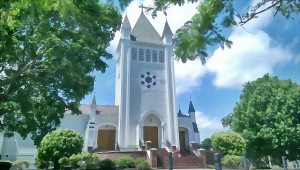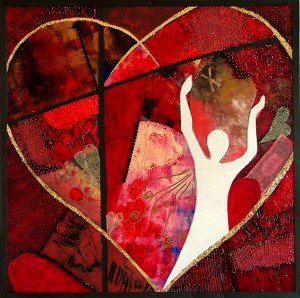 The Program for Women recesses in January and will resume in February on Tuesday, February 3 at 6:30 p.m. All Welcome!
The Program for Women recesses in January and will resume in February on Tuesday, February 3 at 6:30 p.m. All Welcome!
Program for Women
Comments Off on Program for Women
Posted in Adult Faith Formation
Helpers Needed: Monday, December 22 at 9:00am
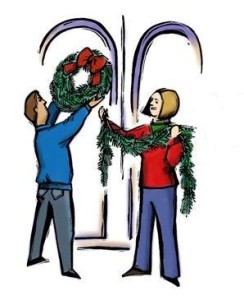 Helpers needed to prepare and hang wreaths inside St. John’s Church. Would you like to help? “The more the merrier!” Let’s meet at 9:00 a.m. in the Church Social Hall. Thank you! Sr. Evelyn
Helpers needed to prepare and hang wreaths inside St. John’s Church. Would you like to help? “The more the merrier!” Let’s meet at 9:00 a.m. in the Church Social Hall. Thank you! Sr. Evelyn
Comments Off on Helpers Needed: Monday, December 22 at 9:00am
Posted in Important Announcements, Volunteers Needed
Christmas News from Religious Education
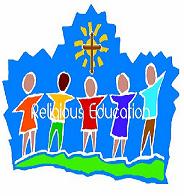 Saturday, December 20
Saturday, December 20
Grade 1 Pageant Practice 2:30pm
Sunday, December 21
Grade 1 Christmas Pageant
9:00am Family Mass
No classes. Classes resume January 11th.
The Religious Ed Team wishes all our families, teachers and friends a special peace and joy at Christmas and throughout the New Year. Thank you for sharing the gift of your wonderful children with us.
Comments Off on Christmas News from Religious Education
Posted in Important Announcements, Religious Education Program
FAITH MATTERS: Who Was Jesus of Nazareth?
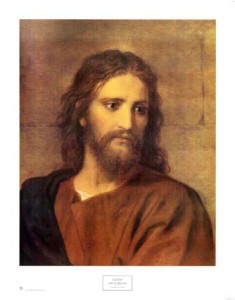 Over the next few weeks, we begin to focus on Jesus, the second person of the Trinity and the person on whom Christian faith is based. To begin with, we will take a look at Jesus’ story as it has been handed down to us in the Gospels. Then we will investigate what Christians believe about Jesus.
Over the next few weeks, we begin to focus on Jesus, the second person of the Trinity and the person on whom Christian faith is based. To begin with, we will take a look at Jesus’ story as it has been handed down to us in the Gospels. Then we will investigate what Christians believe about Jesus.
One of the most important things to remember about Jesus is that, despite what Christians have come to believe about him in the last 2000 years, he was born and lived his life as a Jew. So it is important for us, as Christians, to understand Jesus as a part of the history of the Jewish people.
Modern day scholars do not have a lot of definite information about Jesus’ background. But from the hints that we are given in the New Testament and from what we know of the time that he lived, we can put together a reasonable picture of what Jesus’ life was like.
The New Testament, aside from the Birth Narratives in Matthew and Luke, tells us almost nothing about Jesus’ life before he began preaching and healing as a grown man. But we do know that Jesus’ mother was a woman named Miriam (“Mary” is the English form of this ancient Hebrew name) and that Miriam was married to a man named Joseph, who was a builder of houses. When Jesus was born, he was named Joshua, an important and historically significant Hebrew name that meant “God saves” (“Jesus” is the Greek form of Joshua). Jesus was born somewhere around the year 4 BCE and he grew up in a village called Nazareth in Galilee, the northern part of Palestine. He grew up speaking Aramaic, the everyday language of the Jews. As he grew older, he probably learned Hebrew, the language of the Hebrew Bible, so that he could read the Scriptures when called on in the synagogue. He probably also knew a little Greek, the language of commerce in the Mediterranean, and maybe even a smattering of Latin, the language of the Roman conquerors of Palestine. Jesus’ father, Joseph, was a skilled artisan. We have traditionally called Joseph a carpenter, but, as there was little wood in the area, he probably built houses out of stone and brick. This was a highly skilled line of work and Joseph was probably employed by the Romans and Greeks living in Capurnum, Tyre, and the other gentile towns in the area. Jesus, as he was being trained by his father, would have gone to these towns with his father and would have been exposed to Greek and Roman culture and religion. Because of his status as a skilled artisan, Joseph and his family were probably what we would call middle class. This was very unusual; people in the ancient world tended to be either very rich or very poor.
So Jesus was trained as a builder of houses by his father during his teenage years and probably worked in this trade during his twenties. When he was about thirty years old, about the time when young men have established themselves well enough to begin to look for a young woman to marry, Jesus left his home and business. He went into the desert where his cousin John was preaching to anyone who cared to listen that they needed to repent of their sins. John may have been a member of the Essenes, a community of people who thought that the priests and teachers in Jerusalem were corrupt. The Essenes left Jewish society and lived in communities in the desert while they waited for God to punish the wicked. John’s emphasis on turning away from sin and wrongdoing as well as his concern about ritual cleanliness (baptism) lead scholars to think that he may have been a member of this ultra-conservative sect. Some scholars also think that Jesus may have also been an Essene, but this is less likely. While it is definitely possible that he may have spent some time with the Essenes, Jesus was most likely a Pharisee.
The Pharisees were one of the two majority sects in Judaism at the time of Jesus. The Sadducees, the other majority sect, was a priestly group and, as such, was centered around the priests who worked and worshipped in the Temple in Jerusalem. The Sadducees were very concerned with the ritual prayers and sacrifices that were performed by the priests in the Temple. The Hebrew Bible is filled with rules and prayers that govern how God was to be worshipped. The Sadducees took this very seriously and believed that the Bible should be interpreted very literally so as to fulfill all of these rules exactly the way they had been preserved in the holy writings. Because of their emphasis on the Temple worship, the Sadducees tended to be members of the priestly families and members of the upper classes in Jerusalem. They were not as concerned with the day-to-day practice of the faith of the common people (as long as they paid their Temple-tax and came to Jerusalem during the holiest days as the Bible commanded). The Pharisees, on the other hand, were much more concerned with the day-to-day faith of regular people. They put a lot of emphasis on personal holiness; the individual’s behavior and faith, they believed, was more important to God than ritually precise prayers and sacrifices. Pharisees believed that the stories and laws in the Bible had to be constantly reinterpreted to fit the situations in which believers found themselves. For this reason, worship for Pharisees focused on the synagogues, or houses of prayer, that were found in the local towns and villages around Israel as well as throughout the Mediterranean. In these synagogues, worship focused on learning, discussing, and applying the stories and laws of the Bible to new situations. A leader of these discussions was called “rabbi,” an Aramaic word that means teacher. A person did not have to go through any formal training in order to become a rabbi, but they were acknowledged as such by the people who heard him preach and teach and thought that he had good ideas. Some other characteristics of the Pharisees include emphasis on “mitzvahs” or good deeds, fellowship among the members of the community as a way of sharing and supporting each individual, the idea that God has a personal relationship with each believer and that God is a Father to the believers, and, finally, the concept of the resurrection of the dead with the Messiah. Because Pharisaic Judaism was centered in the local community, it was not as badly affected by the destruction of the Temple in Jerusalem by the Romans in 70 CE. Pharisees focused on individual faith and study and on the reinterpretation of the Bible, and this allowed Judaism to “reinvent” itself for a new world in which there was no worship in the Temple. (A fourth group, called the Zealots, also existed at the time of Jesus. This was more of a political group than a religious one; the Zealots advocated the violent expulsion of the Romans from the nation of Israel. The Zealots were not a particularly important part of the story of Jesus, since Jesus did not share their political agenda. Nevertheless, one of Jesus’ disciples, Simon the Zealot, was probably a member of this group before he met Jesus.)
As you can see, many of the characteristics of the Pharisees were shared by Jesus. First, he grew up in the Galilee and probably did not spend much time in Jerusalem except when he went there to celebrate the holiest days in the Jewish calendar, like Passover. His worship at home was probably centered on a local synagogue and he probably learned about the Bible by discussing and debating interpretations of it with various teachers. Jesus’ preaching also show us that he believed in a personal and intimate relationship with God and that a person’s behavior was a way of showing his or her faith in God. Jesus had a group of followers who gathered together in fellowship with him as he taught them his ideas about the interpretation of the Bible. And finally, Jesus believed in the resurrection of the dead and the establishment of what he called the Kingdom of Heaven.
Comments Off on FAITH MATTERS: Who Was Jesus of Nazareth?
Posted in Adult Faith Formation, AFFC-blog, Important Announcements
Collaboration Countdown
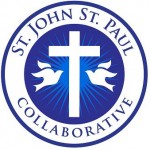 November, 2012 Diocesan announcement of Disciples in Mission (Collaboratives)
November, 2012 Diocesan announcement of Disciples in Mission (Collaboratives)
June, 2013 Implementation of the Collaboratives in Phase I
July, 2013 The St. John-St. Paul Inter-Parish Team began bulletin & website announcements explaining the Collaborative
June 2014 Implementation of the Collaboratives in Phase II
June, 2014 St. John and St. Paul volunteer to be included in Phase III
September, 2014 Archdiocese announces St. John and St. Paul will be included in Phase III of the Collaborative Diocesan Plan
October, 2014 Diocese conducts consultation with St. John’s and St. Paul’s Parish Councils, Finance Councils and Staff
December, 2014 Proposed date for the announcement of the new Pastor for the St. John-St. Paul Collaborative (postponed)
June 2, 2015 Formal launch of the St. John-St. Paul Collaborative (Phase III)
Comments Off on Collaboration Countdown
Posted in Disciples in Mission, SJSP Collaborative
Thank You for Completing the Music Survey!
 More than 180 parishioners responded to our recent Music Survey, which is the highest response to any survey we’ve undertaken. The results are being tabulated now and will be published in the bulletin and on the website after Christmas so stayed tuned!
More than 180 parishioners responded to our recent Music Survey, which is the highest response to any survey we’ve undertaken. The results are being tabulated now and will be published in the bulletin and on the website after Christmas so stayed tuned!
Comments Off on Thank You for Completing the Music Survey!
Posted in CME, Family Mass Music, Music, Parish Choir, Youth Choir
December 14: News from Religious Education
 This Week: Sunday, December 14
This Week: Sunday, December 14
Grades 1 – 6 Class 10:00 – 10:45 a.m.
Grades 7 & 8 Christmas Celebration 6:00–7:00pm, Philbin Hall
Wednesday, December 17
Grades 1 – 6 Class 3:30 – 4:45 p.m.
Saturday, December 20
Grade 1 Christmas Pageant Practice 2:30 p.m.
Next Week: Sunday, December 21
Grade 1 Christmas Pageant 9:00 a.m. Mass
No classes. Classes resume January 11th.
A full calendar of all events is available on the Religious Education page.
If you have any questions, please contact Jane Leonard, jane.leonard@stjohnwellesley.org, or Linda Messore, linda.messore@stjohnwellesley.org.
Comments Off on December 14: News from Religious Education
Posted in Important Announcements, Religious Education Program
Grade 1 Christmas Pageant This Sunday, December 21 at the 9:00am Family Mass
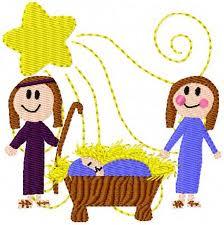 The Religious Education 1st Grade classes will be in costume as they present the Christmas Gospel this Sunday, December 21 at the 9am Family Mass.
The Religious Education 1st Grade classes will be in costume as they present the Christmas Gospel this Sunday, December 21 at the 9am Family Mass.
The Religious Ed Team wishes all our families, teachers and friends a special peace and joy at Christmas and throughout the New Year. Thank you for sharing the gift of your wonderful children with us.
Comments Off on Grade 1 Christmas Pageant This Sunday, December 21 at the 9:00am Family Mass
Posted in Children, Family Mass, Important Announcements, Religious Education Program
2014 Christmas Mass Schedule
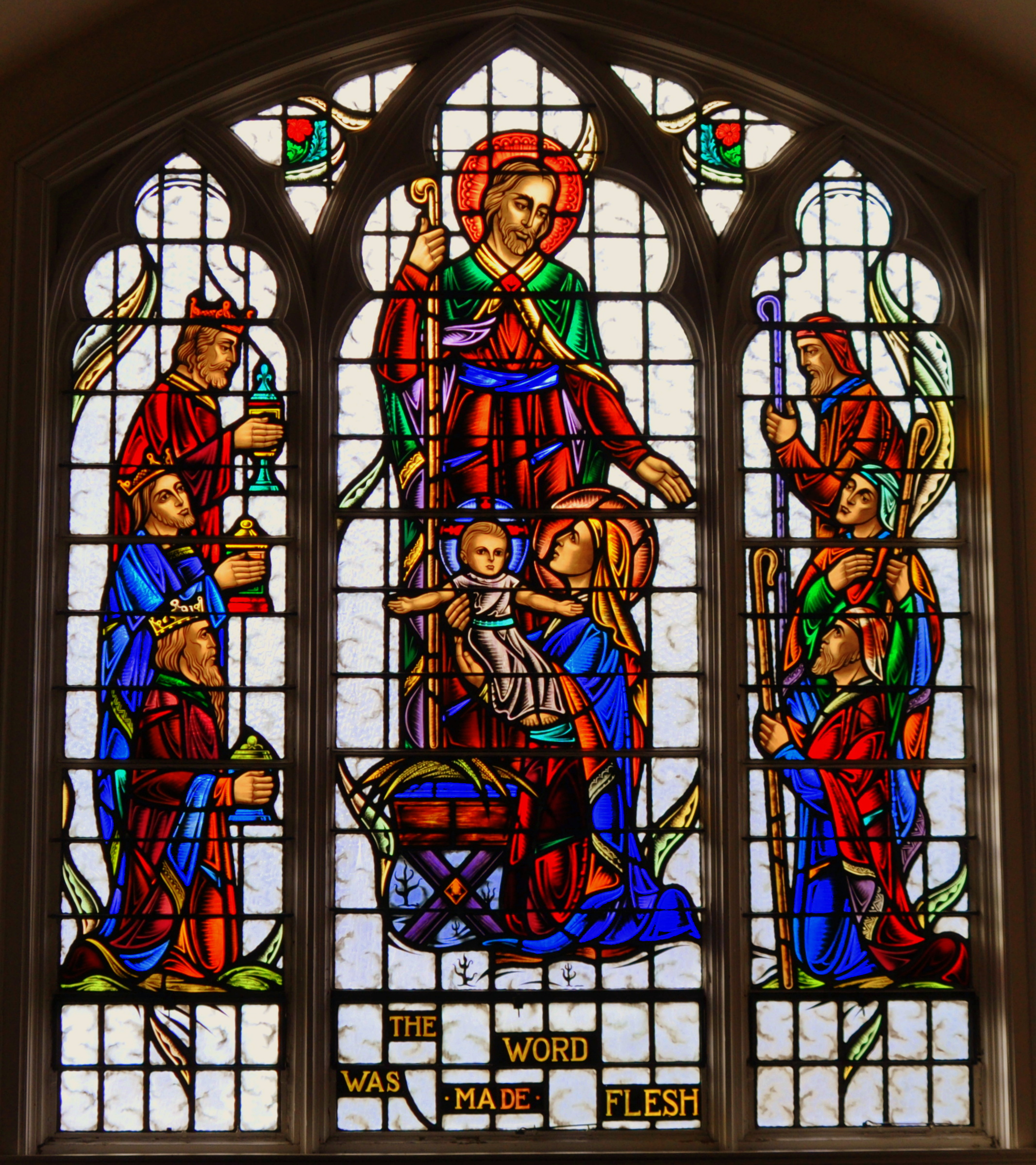 Christmas Eve
Christmas Eve
4:00pm (Upper and Lower Church)
5:30pm (Family Mass)
7:00pm
10:00pm (9:30 Choir Program)
Christmas Day
10:30am (10:00 Choir Program)
(No 5:00pm Mass on Christmas Day
Comments Off on 2014 Christmas Mass Schedule
Posted in Family Mass, Holy Days, Special Mass Schedule
This Weekend, December 13-14: Birthing Kit Collection for Haiti Marycare
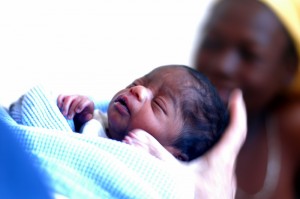 During this Advent season, our Service Commission again invites us, as a Parish, to assist in supplying “Safe Birth Kits” for Haiti Marycare to help reduce the mortality rate for mothers and newborns in Haiti. If you would like to help, please prepare one or more kits with the items listed below and bring to our collection on December 13-14. To prepare a Safe Birth Kit, place the following items in a gallon-size Ziplock bag:
During this Advent season, our Service Commission again invites us, as a Parish, to assist in supplying “Safe Birth Kits” for Haiti Marycare to help reduce the mortality rate for mothers and newborns in Haiti. If you would like to help, please prepare one or more kits with the items listed below and bring to our collection on December 13-14. To prepare a Safe Birth Kit, place the following items in a gallon-size Ziplock bag:
- One receiving blanket
- One large wrapped bar of soap (any brand)
- Two pieces of string, each approximately 8” in length, placed in an envelope
Safe Birth Kits will be received at our Glen Road entrance to Church during the weekend of December 13-14. Financial donations are also welcome to complete the kits with medical supplies and to defray shipping costs. (Checks can be made payable to St. John Parish – please note Haiti Marycare in the memo.) The Safe Birth Kits will be completed and assembled for transport after Christmas – please let us know if you would like to help.
Contacts: Andrea Reilly or Barbara Pyles, Parish Service Commission
Email: SC@stjohnwellesley.org
Haiti Marycare: www.HaitiMarycare.org
Lespwa fe‘ viv (Hope makes us live)
– Haitian proverb
Comments Off on This Weekend, December 13-14: Birthing Kit Collection for Haiti Marycare
Posted in Advent Gift, Christmas & Lent, Service Commission

